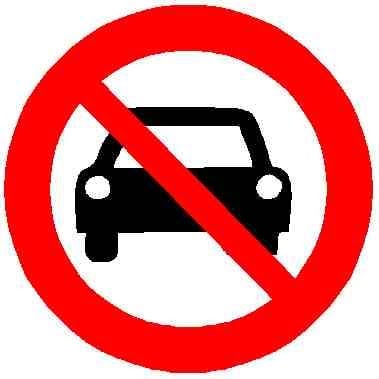The absurdity of the proposal is already in the title, and shows how motonormativity is spread all over the world.
Berlin has a very good public transit system, and a few 30 km/h zones cannot be that bad.
I would love to hear opinions from someone who lives there!
crossposted from: https://mastodon.uno/users/rivoluzioneurbanamobilita/statuses/114732266280428499



Fair enough on the part in bold.
As someone who lives in London, I can say it does come with a caveat - traffic system here are set up by chimpanzees. It makes no sense, none of the three groups - pedestrians, cyclists or drivers - get prioritised. None of the lights are interconnected, so all they bring is annoyance for everyone. I’m an occasional pedestrian, cycling commuter and a (mostly) weekend driver.
TLDR - no wonder the study found that.
The article/slideshow I linked is not a specific scientific study that was done in London, it’s a summary/aggregate of other studies that are referenced at the end of the slideshow. It was a study summary made for London, but the science behind it is a lot more general.
I’m from Belgium and from my own personal experience, I find that well done low speed zones really do improve the flow of traffic. Cities in the Netherlands have been at it for probably over 2 decades, Antwerp has followed their example since about a decade and now other cities in Flanders are copying Antwerp’s homework. When done well, it works really well and almost noone wants to go back to how it used to be. You’re right in that coordinated traffic lights are a big part of why the traffic flows much better, but in congested streets, a lower speed is needed to keep that flow going.
In Belgium we also have a big example of how to not do street renewal/traffic improvement programs: Brussels.